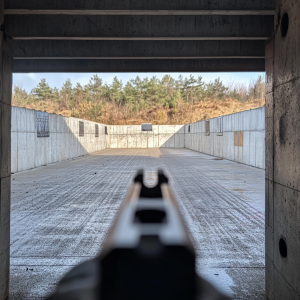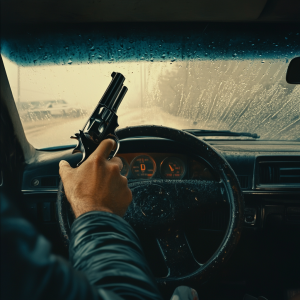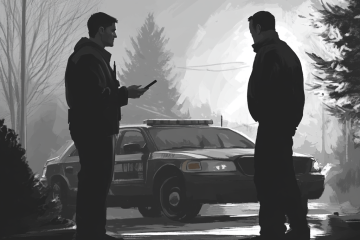
top 5 shooting mistakes preppers make
Let me share a sobering story that veteran firearms instructor Mike Seeklander witnessed: A well-trained student took multiple rounds to the chest during what should have been a routine training scenario. Now before you worry – this was simulated training using non-lethal ammunition. But the lesson? It was devastatingly real.
Here’s the thing about personal defense – it’s not just about having a firearm and knowing how to shoot it. It’s about training smart and training right. As someone who’s dedicated to helping you prepare for whatever life throws your way, I want to break down five critical mistakes that could mean the difference between life and death in a real defensive situation.
1. The “Spray and Pray” Approach
Let’s be honest – how many of us have gone to the range, fired off a few magazines, and called it “training”? Each time you pull that trigger, you’re either building good habits or reinforcing bad ones. Your brain doesn’t know the difference – it just knows what you’ve taught it to do repeatedly. Instead of just burning through ammunition, create a purposeful training plan. List out the skills you actually need and prioritize them. If you’re not sure what those skills are, invest in some professional instruction before you ingrain bad habits.
2. The “Range Warrior” Syndrome
Picture this: You’re comfortably standing at the range, feet perfectly positioned, taking careful aim at a stationary target. Meanwhile, real-world defensive situations typically involve movement, awkward positions, and plenty of stress. When was the last time you practiced shooting with an elevated heart rate? Try doing some squats or sprints before your next shooting drill. Spend time in your vehicle? Practice drawing while seated (safely, of course). The key is to train for reality, not range comfort.
3. The “Fantasy Fighter” Fallacy

Dressed in tactical gear is unrealistic for real-world shooting scenarios
This one hits close to home for many preppers. You know those folks who show up to the range looking like they’re ready for a tactical operation in the Middle East? While quality gear has its place, most of us aren’t going to have time to suit up in full battle rattle during a defensive emergency. Train with what you actually carry daily. And here’s a hard truth many don’t want to hear: you might have to fight before you can even get to your firearm. “I’ll just shoot them” isn’t a valid solution if you can’t access your weapon while defending against an attack.
4. The “Shortcut Shuffle”
This is a pet peeve of mine, and it should be yours too. If you carry concealed, train from concealment. If your holster has retention devices, use them EVERY time you train. Yes, it’s more work. Yes, it’s less comfortable. But you know what’s really uncomfortable? Fumbling with your cover garment or retention snap when seconds count because you took shortcuts during training.
5. The “Robot Routine”
Remember that student who got “shot” in our opening story? Here’s what happened: He’d developed a habit of performing a mechanical scan after shooting – quick head movements left and right that looked good but accomplished nothing. In a real situation, you need to actually assess your surroundings and verify that the threat is neutralized. Your scan isn’t just a ritual to please your instructor – it’s a crucial survival skill.
Taking Action to Fix Your Shooting Mistakes
So how do we fix these issues? Here’s your action plan:

Practice drawing your firearm seated in your car
• Create purpose-driven training sessions with specific goals
• Add realistic elements to your practice (movement, stress, different positions)
• Train with your everyday carry gear – exactly as you carry it
• Never skip steps or take shortcuts during practice
• Understand the “why” behind every movement you make
Remember, we train not because we want to fight, but because we want to survive if we have to. Each time you practice, ask yourself: “Am I training for the range, or am I training for reality?”
Stay safe, stay prepared, and train smart!
[Note: Always follow all applicable laws and safety regulations when handling firearms. This article is for educational purposes only.]


